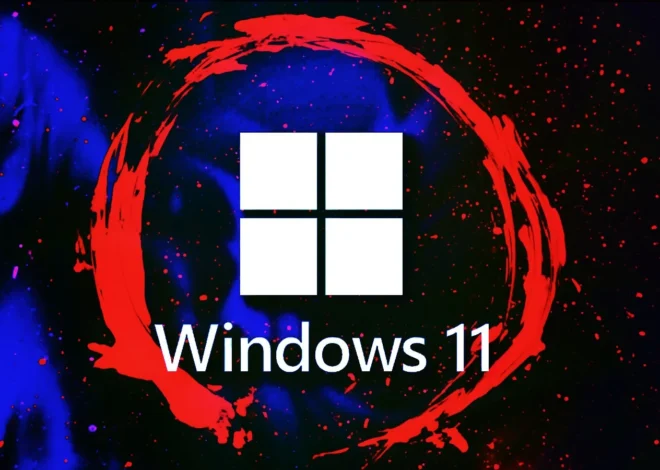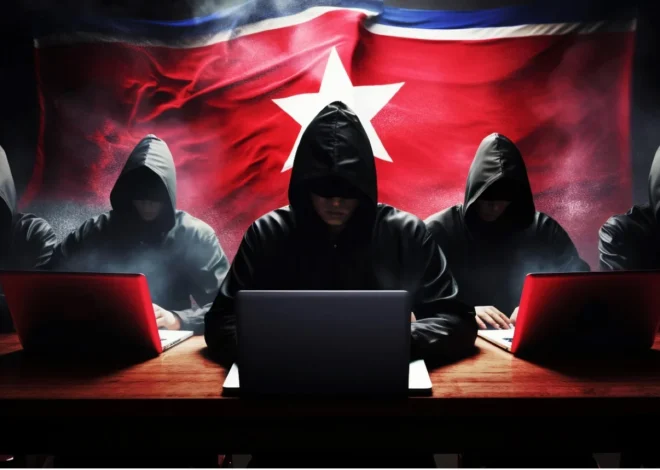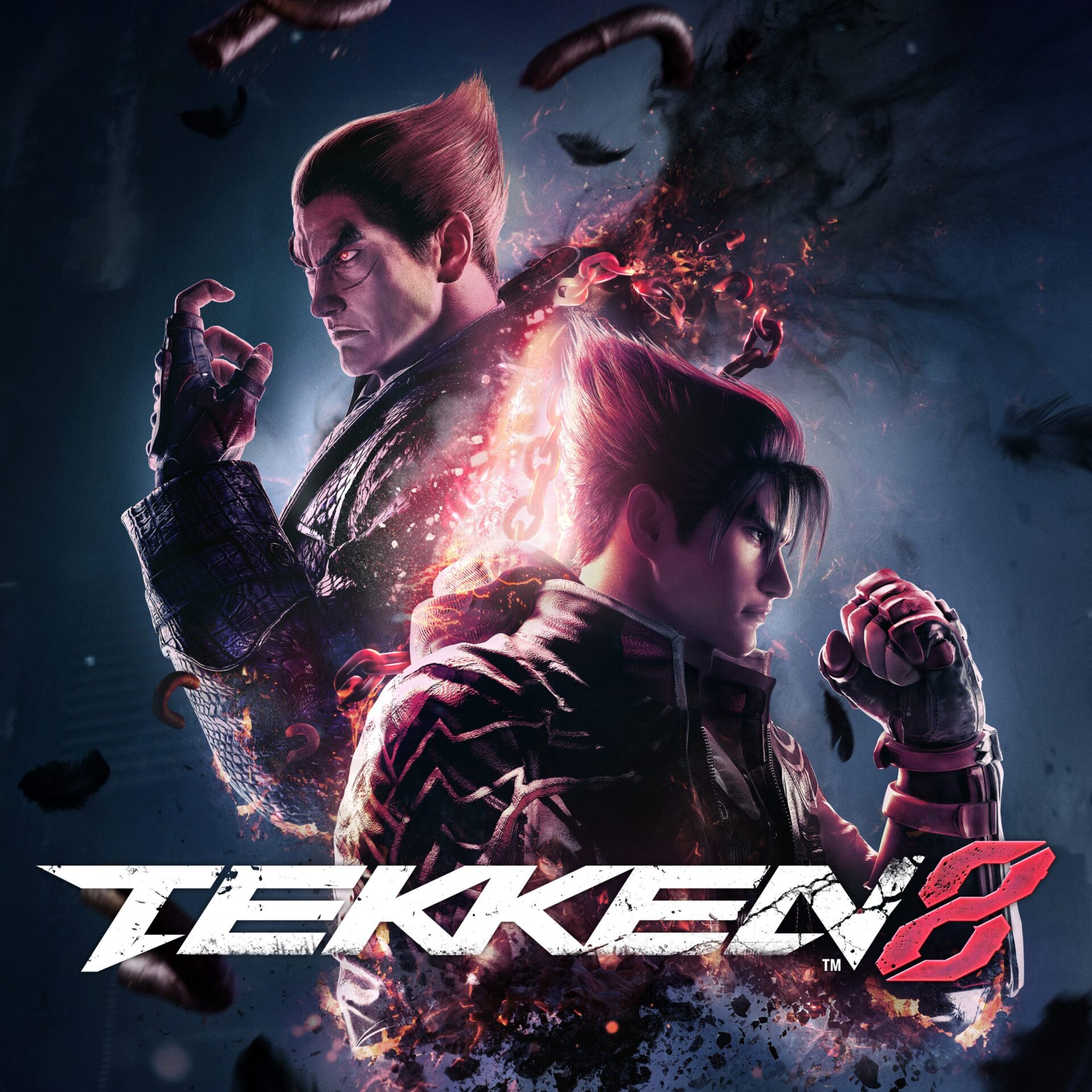
Tekken 8 Review: Gameplay, Features & Updates
When it comes to fighting games, Tekken has been an undefeated powerhouse for gamers to enjoy the age-old virtual mano-a-mano. But sometimes, you have to pick new battles to maintain supremacy. Prior to Tekken 8, Tekken 7 kept gamers on their toes for a long-running seven years, expanding its roster from 20 characters to a whopping 51, and providing a platform for players around the world to make 3D fighting game history.
Now that the sequel is upon us, it has a high bar to follow, along with extremely high expectations from its fanbase. Thankfully, Bandai Namco has picked its battles carefully, with a successor that meets, and even surpasses its predecessor.
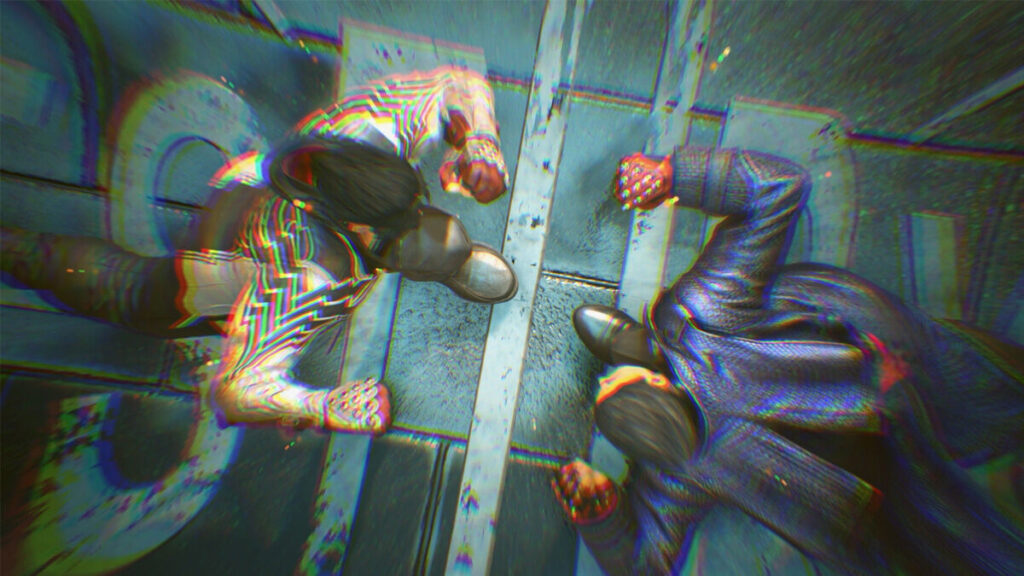
From its very first strike, Tekken 8 takes the franchise to greater heights, bringing players both old and new to the arena with a fresh fighting system that constantly pulls them back in for another round. Its story leaves players in awe and wanting more despite its short runtime, yet the new chapter telling the tale of the next King of the Iron Fist is one that boldly exhibits its sizable roster despite some odd choices – all of which are packed together with a new coat of paint.
With a stacked roster of 32 fighters (four of whom are a mix of new and returning ones from earlier games in the series), fans were concerned that absent favourites, including Heihachi, Eddy, or Anna, may dull the overall fighting experience and while it feels strange that a notable number of them were excluded, the expansion of move lists for recurring characters, on top of returning and completely new additions to the roster allows all players to view the franchise with fresh eyes. The existing battle system is also tactfully built upon the last with an all-new Heat System. This tri-fold combination of new faces, Heat, and new moves gives fans something to look forward to, especially for the many different possible future DLC characters entering the fray, or if and when absent classics make their return.
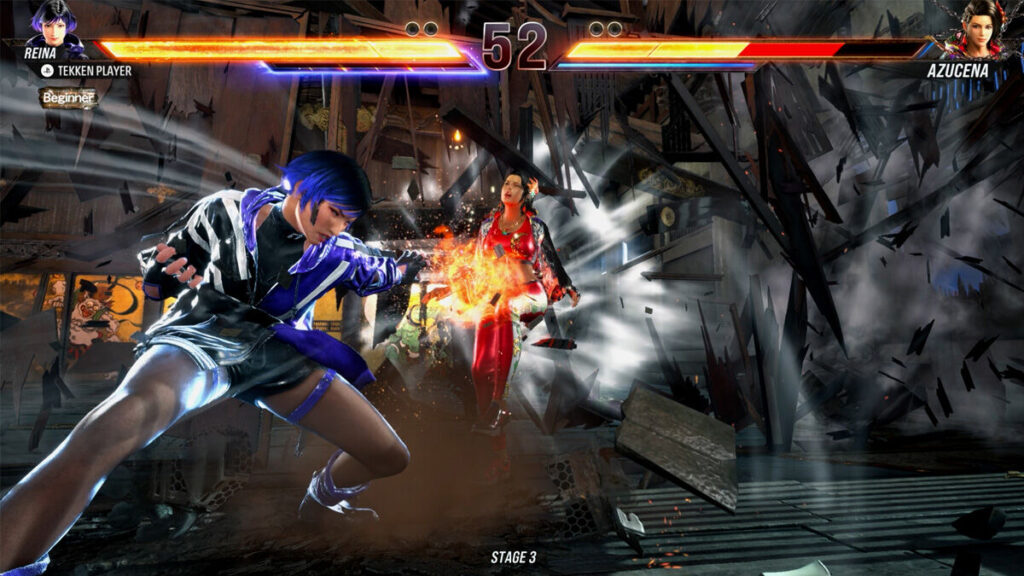
The new Heat System ushers in an added layer of strategy to fights, replacing Tekken 7’s Rage Drive. While Tekken 7 extends an olive branch to players low on health with staggering signature attacks à la Rage Drives, the new Heat System is like a single-use pistol that can be drawn at any point in a round. At the press of a button, fighters can enter a Heat State, represented by a blue bar that depletes upon activation, allowing them to extend combos and execute Heat Smashes, powerful moves transiting to devastating throws. Players in Heat will also deal chip damage, temporary minor depletions of the health bar recoverable with successful hits, to blocking opponents.
This new Heat State allows players to strategise on the fly, by aggressively maintaining pressure through short and powerful bursts; maximise damage with extended combos when the opportunity arises; or turn the tides when cornered. If players reach a low threshold on their health, the Rage state still kicks in, giving them a slight boost in damage and access to finisher-like Rage Arts. You can imagine the possibilities of how entire health bars are ravaged when the Heat and Rage states are used concurrently. It’s a fun and harmonious system, encouraging a dance of mind games or of quick and decisive battles and regardless of strategy, every KO will leave players roaring in excitement.
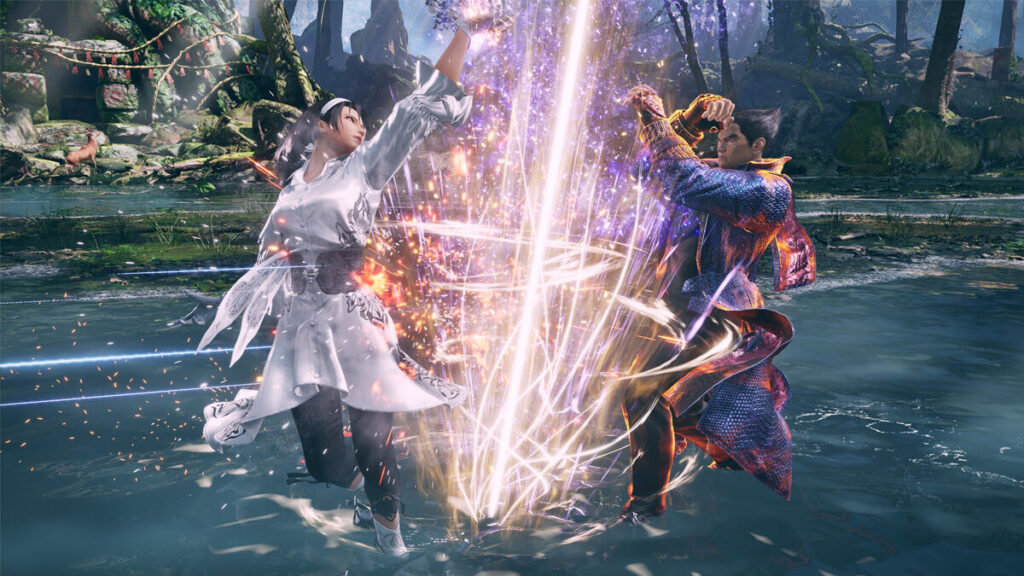
And it’s the new roster of characters who perfectly demonstrate the nuances of the extended fighting system. Remember Jun Kazama from Tekken 2? Well, she is now vastly different in Tekken 8, mirroring the Kazama fighting style of her former self while carefully utilising new mystical moves that temporarily deplete her own health. Jun can then restore her once “borrowed” health as she enters Heat, transiting to a more aggressive play style.
Aside from Jun, three other characters make their first debut, with the most prominent addition being Reina, a character shrouded in mystery and functioning as the de facto replacement for the popular Heihachi. Replacing Heihachi does not mean she will play exactly the same way as him, though as Reina is a more agile fighter, focusing on nimble manoeuvres and adding vigour to some of Heihachi’s core power moves like the Electric Wind God Fist. Meanwhile, Victor and Acuzena are fun to pick from the get-go, with Victor emphasising quick and deadly super-spy close-quarters combat using knives and a katana, and Acuzena straddling between fancy dance moves, feints, and mixed martial arts.
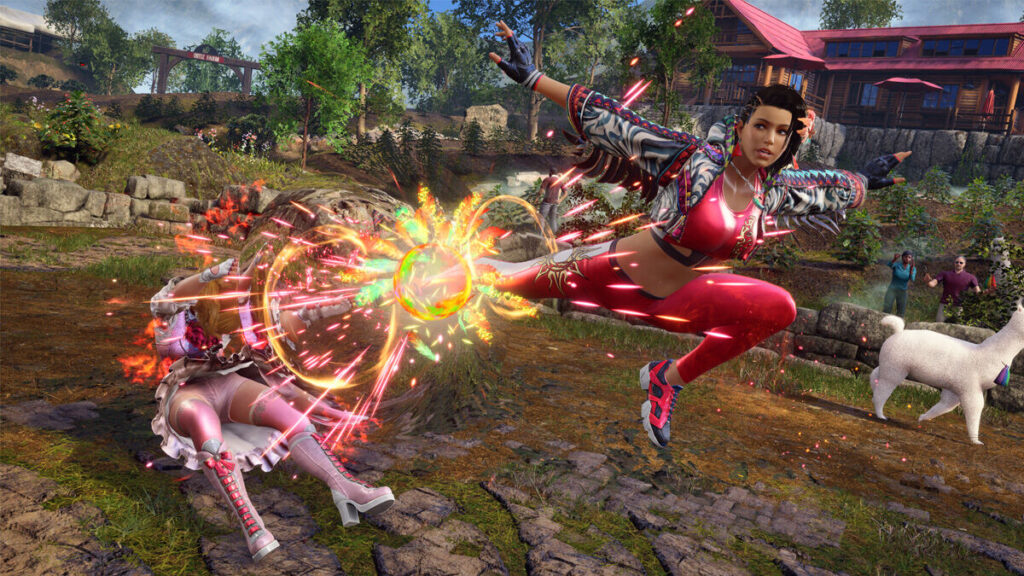
The Heat System does not stop at building on the abilities of new characters, as it also introduces fresh takes to returning ones such as Raven and Nina. The Ninjisu-trained Raven now overwhelms his opponents with shadow clones of himself in Heat while Nina goes guns akimbo, pelting bullets at her enemies in her Heat state. This expansion of move sets for every recurring character in the roster, some only accessible when Heat is activated, prompts players to revisit characters they have been used to for years. It’s like getting to know a spouse all over again where players have to invest more hours into learning new combos and relearning existing ones before getting the hang of things again.
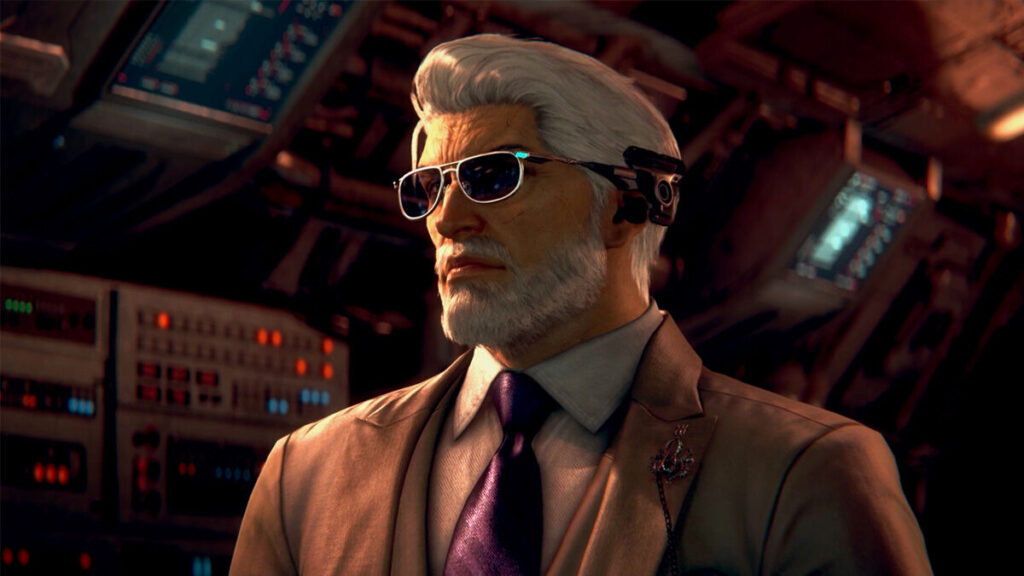
Regardless of changes or updates, the new roster is boldly flashed out in Tekken 8’s new chapter of the Mishima saga, The Dark Awakens. The story clocks in about four hours and is playable in the span of an afternoon. But even with the short run time and a more intimate focus into the headspace of the series’ protagonist Jin Kazama’s struggle with the devil gene, a power that transforms individuals into devil versions of themselves and greatly enhances battle prowess, the story’s events take on a larger, more epic scale.
Players new to the franchise can watch a series of primer videos, catching up to Jin’s side of the story in his mission to stop his father Kazuya Mishima from dominating the world using the devil gene. Those new to the series will quickly come to realise that the bulk of the story generally involves two to three individuals butting heads with each other, while its supporting characters take respective sides. This time, though, The Dark Awakens paces up to a war that can rival the climactic battle in Avengers: Endgame, ultimately ending in a jaw-dropping crescendo akin to the scale of any late-game sequences in modern Final Fantasy games. The story in its entirety feels like the result of Tekken titles culminating in a satisfying ending while leaving loose ends attached for another exciting sequel.
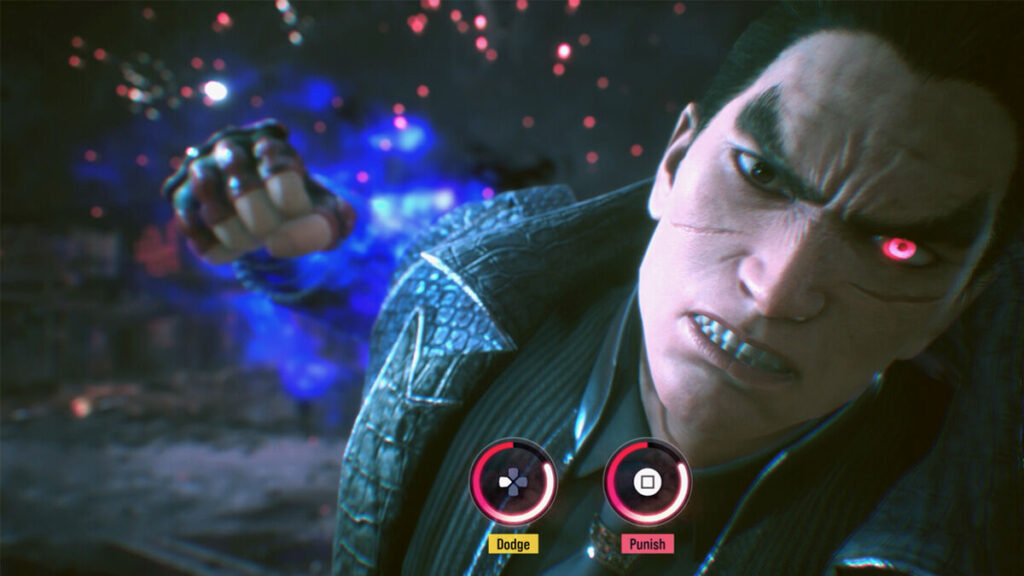
There’s a lot to experience within the story’s four hours too, from offering different character perspectives through character selection in a new King of the Iron Fist tournament to playing through special sequences that pay homage to Tekken 3’s Tekken Force Mode. It’s also the first time Bandai Namco introduces Quick Time Events (QTEs) to cutscenes for this new entry. When the game allows you to choose between dodging or punishing its villain mid-punch through a QTE, you know you’re in for a great time. Alas, the QTEs seem underutilised, leaving fans wishing that Bandai Namco would introduce more of them to a more varied degree. Still, the use of QTEs has clearly established a new standard for future Tekken cutscenes to come.
Moreover, the story’s special sequences also show that beloved modes found in previous games like Tekken Force are built into the game’s programming, but aside from the returning (and lighthearted) Tekken Ball mode (think dodgeball by the beach with combat.), it’s a shame that a new and much-anticipated Tekken Force is not fully realised. One can only hope a mode like Tekken Force will surface in future DLCs.
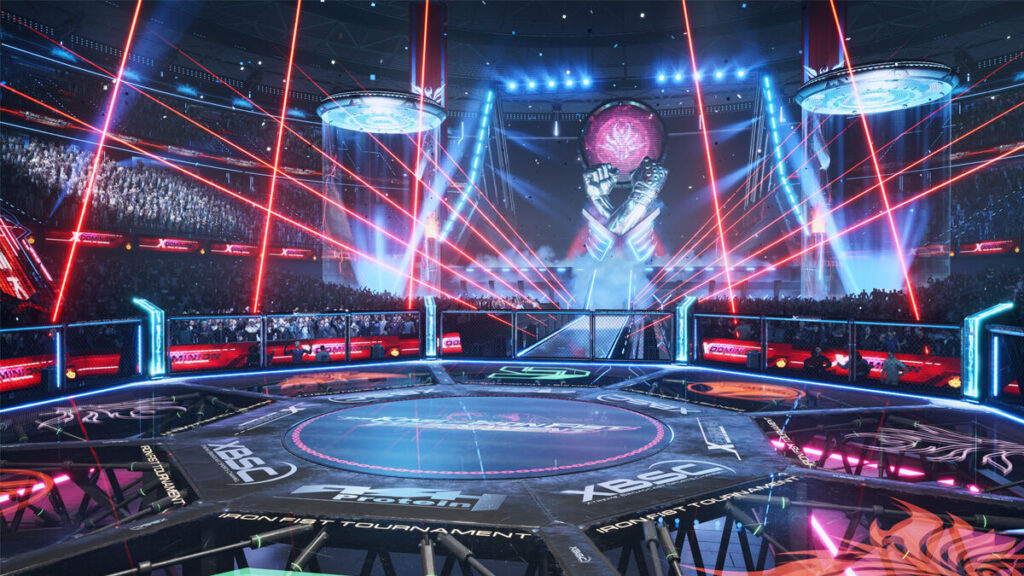
Visually, it’s clear that Tekken 8 was made for modern-day consoles and the PC. With the game built on Unreal Engine 5, every stage and character is beautifully rendered and gone are the days of the uncanny-like smooth-skinned character models in Tekken 7. Instead, fighters in Tekken 8 have visible pores on their faces and meticulously textured clothing.
Players will bring the fight to 16 different stages including the crowded Urban Square of New York, the Peruvian Ortiz Farm with llamas roaming the platform, and an arena surrounded by spectators cheering you on. These stages come alive as compared to more barren and lifeless places in Tekken 7 veterans are so familiar with, even Infinite Azure and Precipice of Fate. With so much going on in the background, you cannot help but marvel at how beautiful things are as you focus on the fighting in front of you. Comparing the visuals in Tekken 8 with the visuals in seven-year-old Tekken 7, the franchise has come a long way.
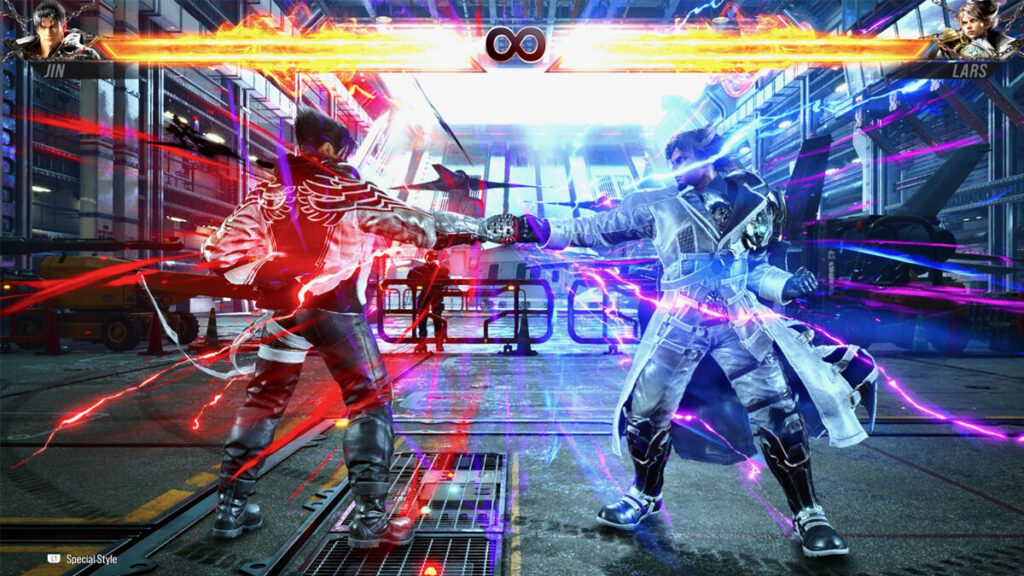
With the sheer amount of new and shiny content, the fundamental rules of Tekken 8 still remain. Understanding frame data, learning basic movements, and knowing which moves to string together to set up cool air combos have become ever stronger core concepts of the game. Should players wish to go far and really enjoy Tekken 8 with ranked mode and global online play, they will still have to sink their teeth into Practice mode and learn the ropes.
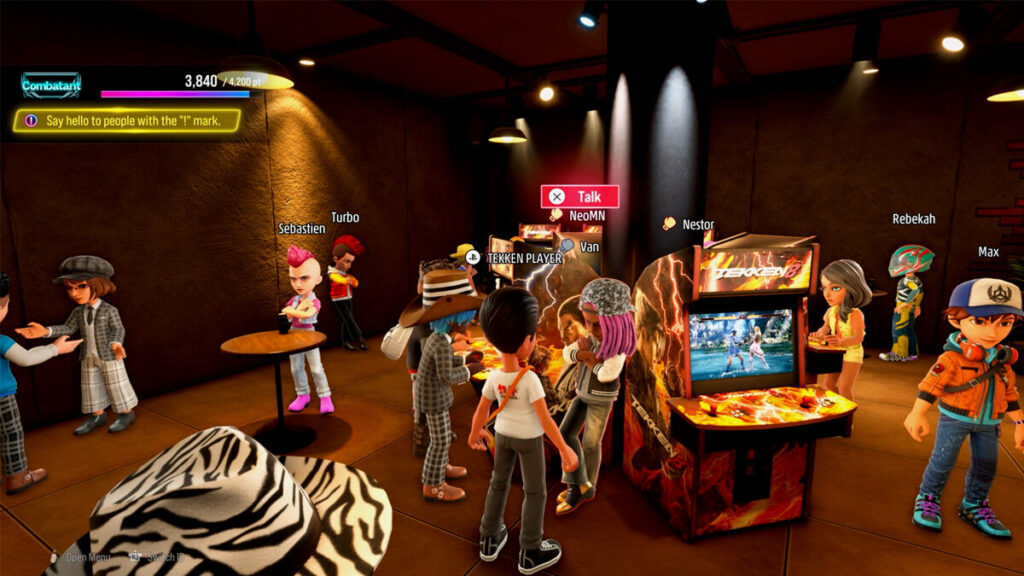
The road to Tekken mastery may rest heavily on the shoulders of new players. Perhaps, then, the greatest gifts that Tekken 8 offers to newer players to help strap them in are the Arcade Quest and Super Ghost Battle modes. The Arcade Quest mode serves to reduce the steep learning curve for new players, giving them a scaffolded way of familiarising themselves with the game’s basics. It also allows them to catch a glimpse of the bygone era of arcade culture that once established the franchise.
Through Arcade Quest, players will learn to string basic air combos and maximise their use of the Heat System as they role-play and duel their way through a fictional community of arcade-goers. They will contend in fictional tournaments and fufil missions that improve the way they play, earn outfits, and experience a story leading to challenging a fictional Tekken World Tournament champion. It’s a great springboard for players to get used to the basics before they jump into Practice mode and learn 10-Hit Combos.
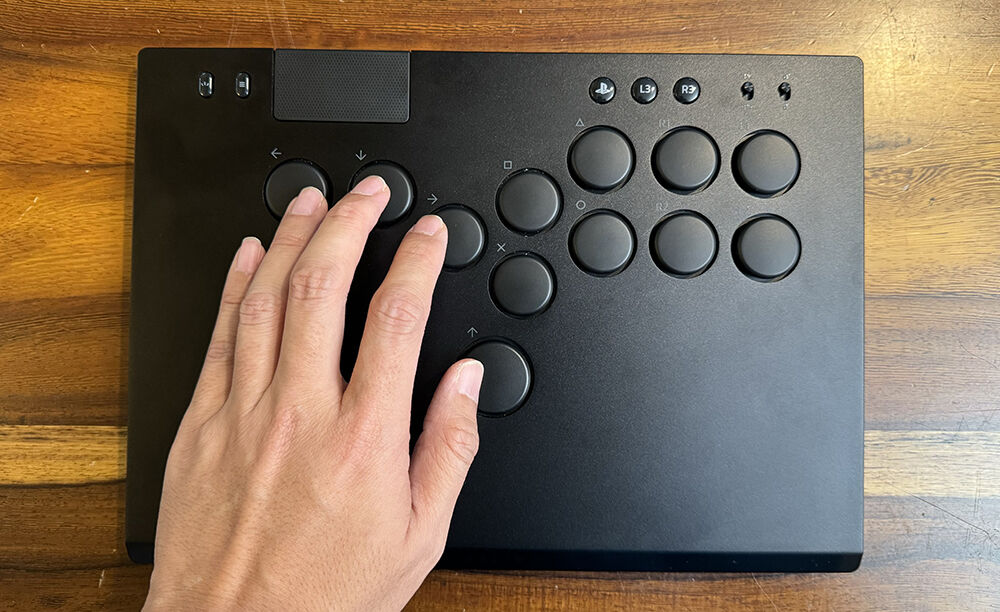
Those who have sunk hours in Practice mode to build muscle memory for input commands will find that a handful of them were simplified, with the added option to execute the original inputs for greater damage. The simpler input commands allow newbies to have a feel of characters they would like to try out in Practice mode, without the stress of remembering long button chains. We used the Razer Kitsune for this review and it certainly adds a layer of comfort when focusing on establishing muscle memory in Practice mode. Using the PlayStation 5 DualSense controller places a greater emphasis on using your thumb to press buttons, straining them over time and making subsequent matches less pleasant and precise in execution.
When hooked up to the Samsung Neo QLED QN90C TV, the PS5 experience proved to be pleasant. Colours take on a brighter, livelier glow, with the various TV settings allowing users to choose and switch between the picture profiles that best suit their viewing preferences. This visual indulgence also carried over to the on-screen fighting effects, animated cutscenes, and stage design, which were as crisp and detailed as they can get.
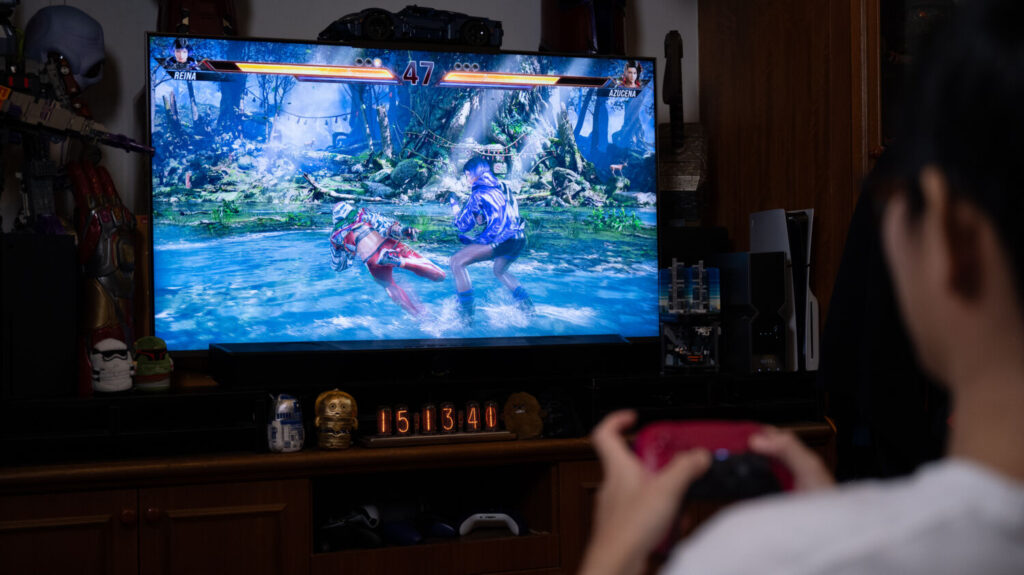
In comparison, the Razer Kitsune is a leverless, button-only controller that allows you to rest your palms naturally on the chassis, and thus, allows every finger to dexterously execute input commands. There are 12 main buttons, with four main movement ones on the left, and eight – four main thumb buttons and four for the shoulder buttons – for executing your moves and combos. This way, no individual digit is strained, giving you the extra stamina to play the game for longer.
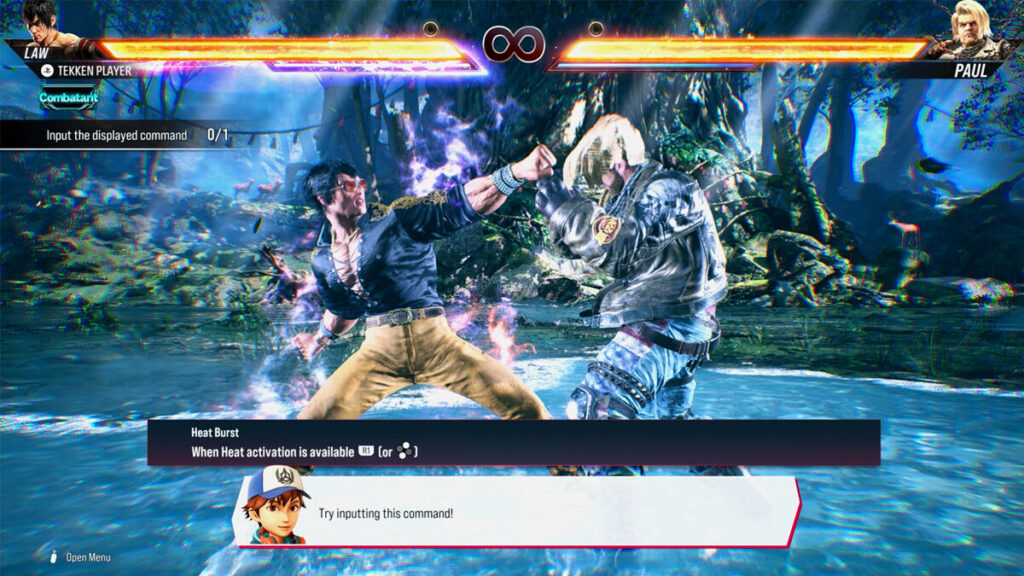
Remember when you had the old arcade stick controllers and had to form half or quarter circles? A leverless controller grants you easier access to execute moves like King’s Giant Swing, where you are required to do a quarter circle after pushing forward within the span of about two frames. It might take some getting used to, and unless you’re a veteran, the Razer Kitsune does not necessarily give you an edge in battle. Any type of controller would be perfect for new players, as long as they find their preferred configuration and way to play and master the basics.
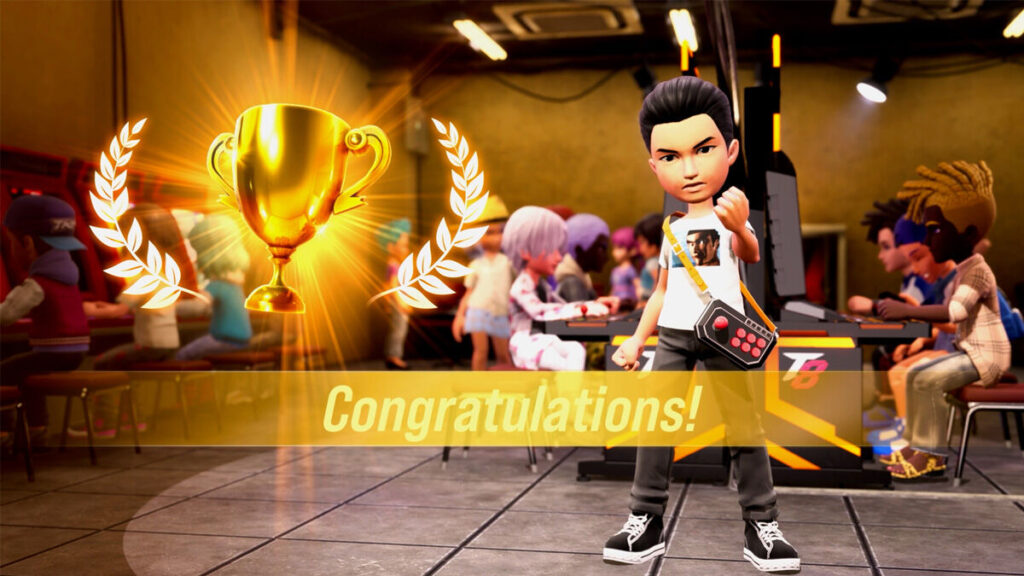
The Super Ghost Battle mode is another noteworthy tool for players to improve themselves. In this mode, you are your worst enemy as it leverages the power of AI, recording the way you play and profiling your play style. After three recorded battles, you’ll find yourself fighting against your own ghost before pitting against the ghost of other better players who have also had their play styles profiled. It’s an easier way to practice the characters you want to get your hands dirty with, without pre-recording moves in Practice Mode or finding a sparring partner in real life for couch battles.
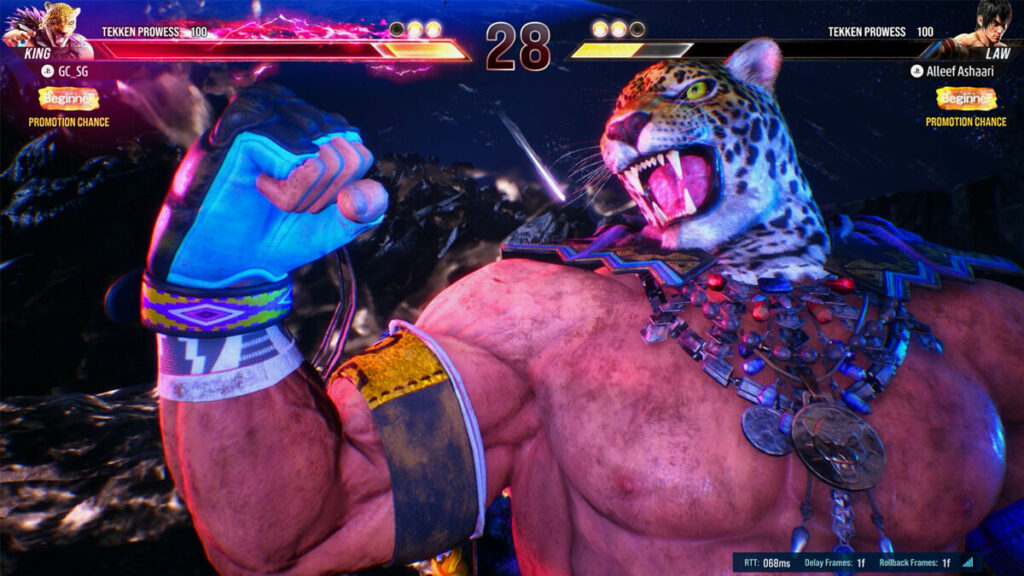
Once everything is said and done, players will spend most of their time battling other Tekken contenders online, and a lot has changed in this arena. Just like its counterparts Street Fighter 6 and Guilty Gear Strive, Tekken 8 adopts a matchmaking lobby known as the Fight Lounge, where players can gather and have a sense of who their potential opponents can be. Here, they can be matched against players of the same skill level in Ranked Play, match players of any rank for casual Quick Play, or be randomly matched with players of varying ranks by sitting together in the same cluster of virtual arcade machines.
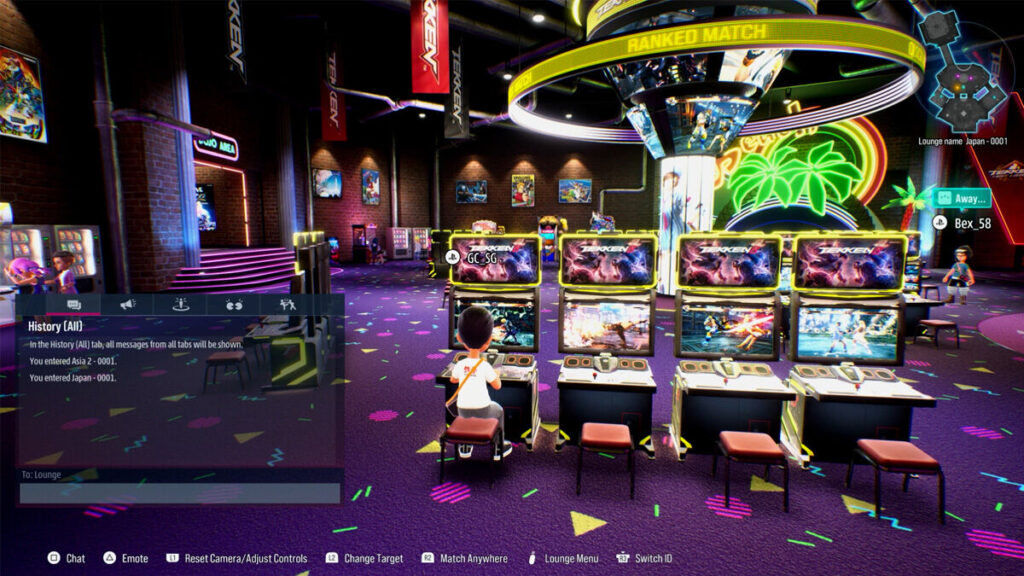
The Fight Lounge is definitely a step up from Tekken 7 where you are thrown into Practice mode, and blindly wait for an opponent to get into a match with you. Sure, you still end up practicing while waiting for a match in Tekken 8, but the lounge opens a more social aspect for players to communicate ideas about their recent games. You can even customise how your avatar looks in the lounge.
The Fight Lounge also opens as a similar gateway to Super Ghost Battles in online play. Players in the same lobby can choose to battle your ghost and vice versa. Fans will be familiar with how troublesome it is to recreate similar fight styles they just encountered in Tekken 7. Instead of heading into Practice mode, figuring out moves used against you and pre-recording them before learning of a suitable counter, a collection of fight styles you encountered in the same lobby as you is automatically made available for you from different player profiles. Getting better is easier now as you can efficiently use everyones’ ghosts to train against specific play styles without having them be present for a fight.
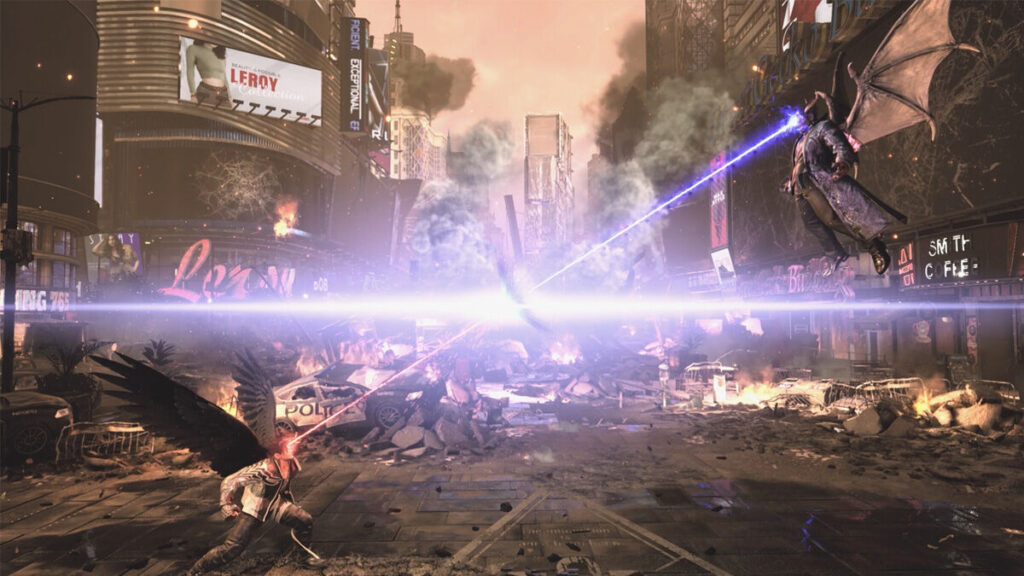
Fights in Tekken 8 have never been more accessible and exhilarating. With entries in the Tekken franchise now known to keep things fresh throughout an entire console generation’s worth of content, Tekken 8 is off to an extremely solid start. The battle system, visuals, virtual tools for play, and current characters lay fertile groundwork for future DLCs to flourish. Even now, the game is primed to easily spawn new tournaments and battles for fans to remember. There’s much to do in Tekken 8, and you will love every moment of it. If Tekken 7 can keep the fan base engaged for 7 years, this initial release of Tekken 8 shows it can surpass its predecessor with more than 8.
Summary
Tekken 8 is the best of the franchise in almost every way. Even with its steep price point ($100 to $150 depending on its different versions.), the game is capable of bringing dynamic fights with its 32-character roster, introducing accessible training, and a story that will satisfy long-time fans. Even in its infant release, so much is offered to players on top of its planned DLCs. The future is bright for this game and we are all ready for the next battle.


